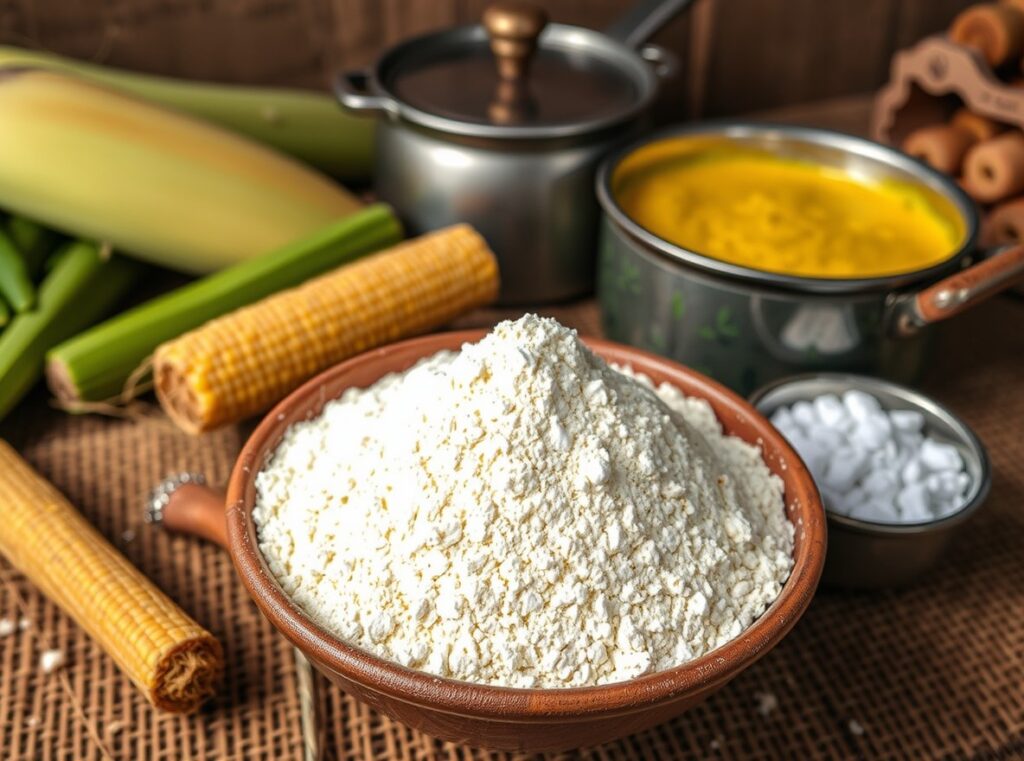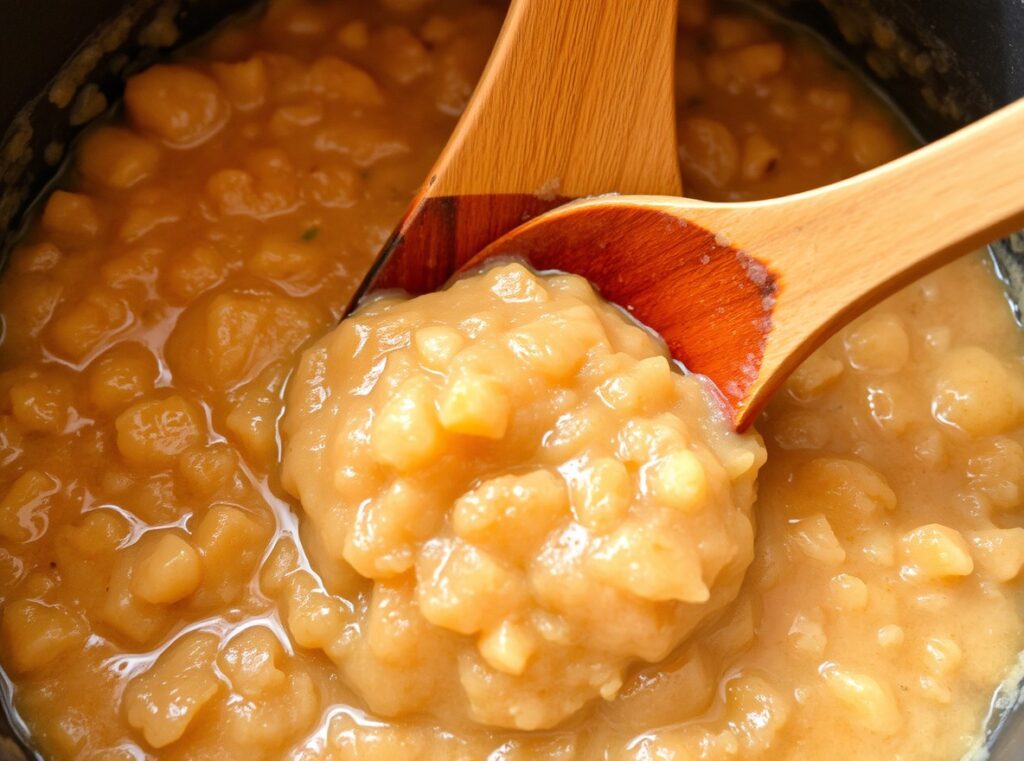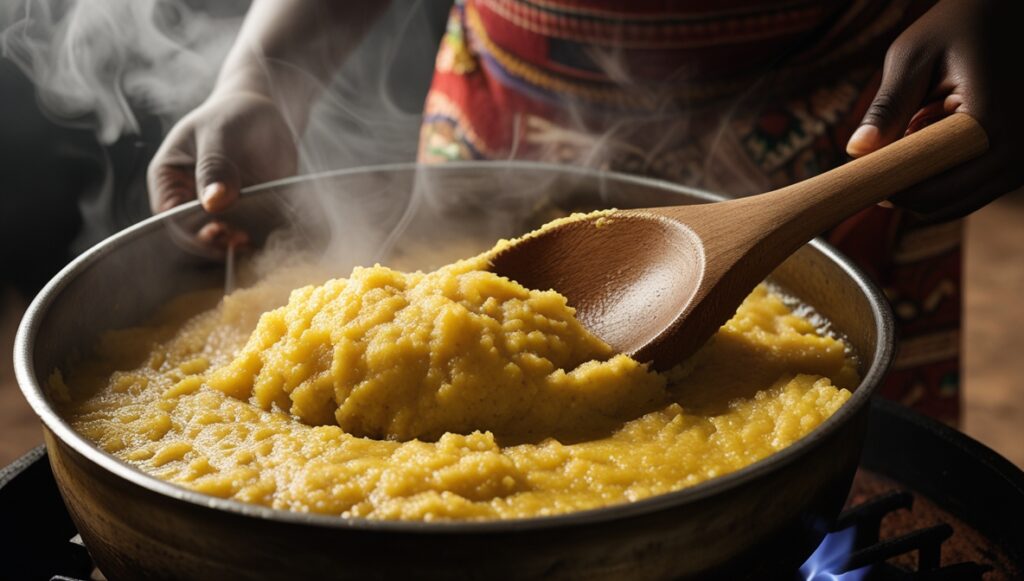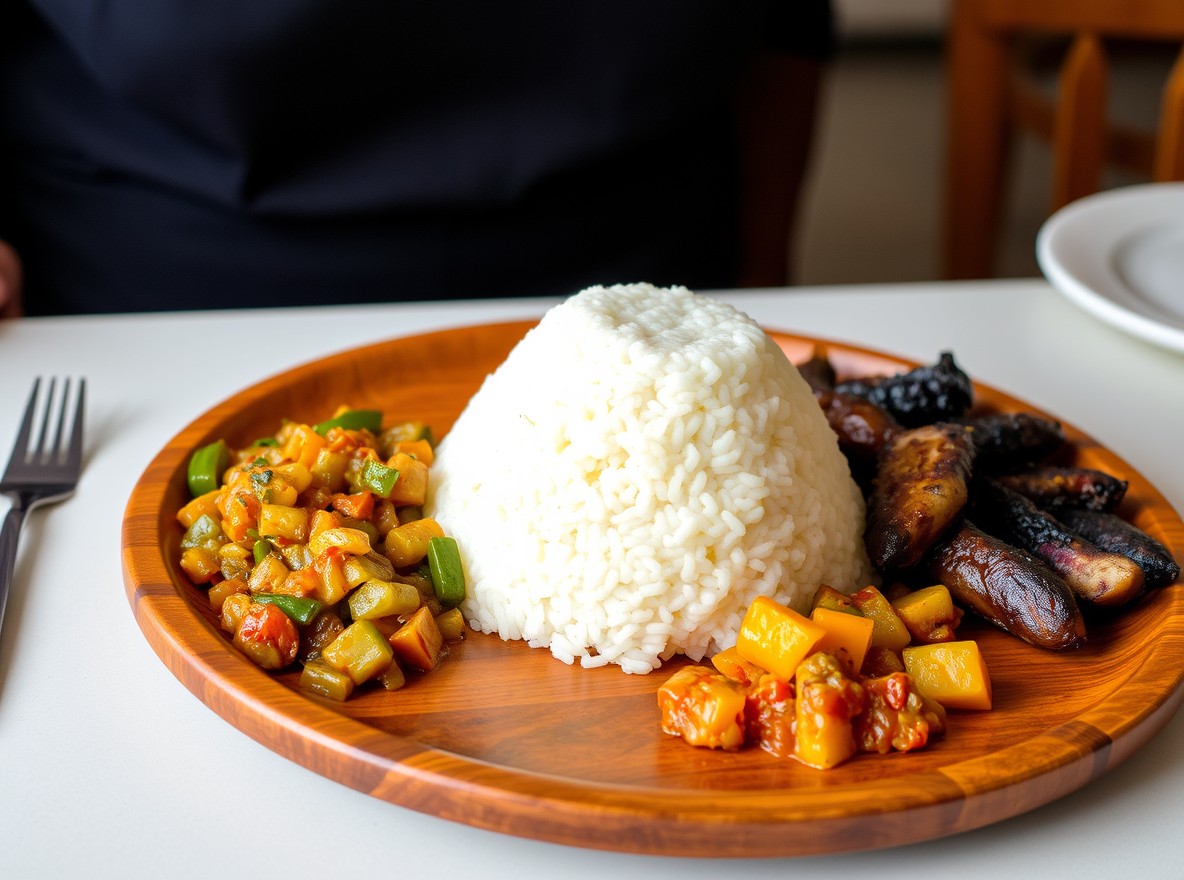Introduction
Ugali Kenya is more than just food—it is a cultural symbol, a source of nourishment, and a staple in almost every household. This simple yet filling dish made from maize flour and water is deeply embedded in traditional Kenya food and everyday life. Loved for its versatility and affordability, it is often paired paired with vegetables, meat, or fish, making it an essential part of Kenya’s culinary landscape.


History & Cultural Significance
The origins of this staple can be traced back to the introduction of maize in Africa by the Portuguese in the 16th century. Over time, maize became a primary crop in Kenya, and this dish emerged as a go-to meal for many. Traditionally, it has been a communal food, symbolizing unity and shared experiences. It is often served during family gatherings, celebrations, and even in high-profile political meetings.
Ingredients & Regional Variations
Key Ingredients:
Maize flour (cornmeal)
Water
Salt (optional)
Regional Variations:
Western Kenya: Often paired with Sukuma Wiki (collard greens) and fish from Lake Victoria.
Coastal Kenya: A softer version, known as Sima, is served with coconut-based curries.
Northern Kenya: Sometimes made with sorghum or millet flour for a more nutrient-rich alternative.
Modern Adaptations: Some people add butter or milk for a richer taste.
Cooking Process & Difficulty Level

The best Ugali recipe is incredibly beginner-friendly and can be prepared in under 15 minutes.
Step-by-Step Guide:
Bring water to a boil in a pot.
Gradually add maize flour while stirring continuously to avoid lumps.
Stir and press the mixture until it thickens and forms a dough-like consistency.
Let it cook on low heat for a few minutes, then turn off the heat.
Shape it into a mound and serve hot.
Carnivore Restaurant (Nairobi): A famous spot where Ugali is served with nyama choma (grilled meat).
Mama Oliech’s (Nairobi): Popular for its Ugali paired with delicious fried tilapia.
Dunga Hill Camp (Kisumu): Serves Ugali with fresh fish from Lake Victoria.
Street Food Vendors: Found in every town, serving authentic Ugali with local flavors.
Pairing with Drinks & Side Dishes
Drinks:
Kenyan Chai (Tea)
Local Beers (Tusker, White Cap)
Fresh Fruit Juices
Side Dishes:
Sukuma Wiki (Collard Greens)
Nyama Choma (Grilled Meat)
Fish Stew
Beans & Lentils
Fun Facts & Lesser-Known Trivia
Ugali is traditionally eaten with hands, not utensils.
Former U.S. President Barack Obama mentioned enjoying Ugali during his visit to Kenya.
Some Kenyan athletes credit Ugali as their energy-boosting meal before races.
Health Benefits & Nutrition
Ugali Kenya is a great source of carbohydrates and provides energy. It is gluten-free and can be made with whole-grain flour for added fiber. However, it lacks protein, so it is best paired with protein-rich foods like beans, meat, or fish.
How to Cook It at Home (Simple Recipe)
Ingredients:
2 cups maize flour
3 cups water
Salt (optional)
Instructions:
Boil water in a pot.
Add maize flour gradually while stirring.
Stir until the mixture thickens and pulls away from the sides.
Cover and let it cook for 5 minutes.
Serve hot with vegetables or meat.
Traditional Kenya food has influenced similar dishes across Africa, such as South Africa’s Pap and Zimbabwe’s Sadza. Some modern chefs have incorporated Ugali into gourmet dishes by pairing it with exotic sauces or grilling it for texture.
Comparison with Similar Dishes
Ugali vs. Fufu (West Africa): Fufu is softer and made from yams or cassava.
Ugali vs. Polenta (Italy): Polenta is similar in texture but often seasoned with cheese and herbs.
Ugali vs. Grits (Southern USA): Grits are made from ground corn but have a creamier consistency.

